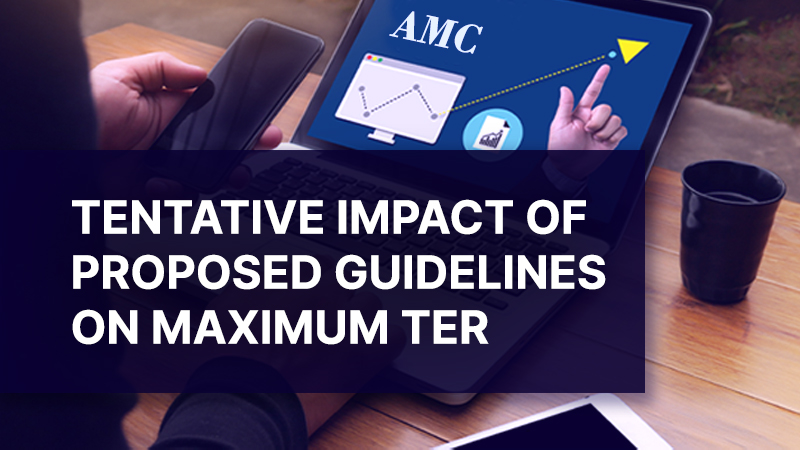
Context:
In the realm of regulatory advancements, the Securities and Exchange Board of India (SEBI) has displayed an active approach to fortifying the regulatory framework for mutual funds. A notable achievement in this endeavour is the publication of a comprehensive 40-page consultation paper by SEBI, which delineates proposed revisions to the total expense ratio (TER) levied on mutual fund investors. This document exemplifies SEBI’s dedication to promoting transparency and cultivating an environment conducive to investors’ interests.
The consultation paper is in a pivotal phase, soliciting feedback from industry stakeholders, as SEBI eagerly anticipates valuable insights and perspectives from market participants.
We are directing our attention to the key recommendations put forth by SEBI, which are as follows:
Announcement:
- The TER slabs should be at the level of the AMC and not at the scheme level & it is inclusive of all costs and expenses, including GST on management fees, brokerage and transaction costs, B-30 incentive etc.
- AUM of open-ended schemes, wherein slab-based TER is presently applicable, may be bucketed into Equity based AUM (equity & equity related instruments) and other than equity-based AUM of the AMC (other than equity & equity-related instruments)
Summary:
| Particulars | Earlier | Proposed |
| TER slabs | At the scheme level | At the AMC level |
| Can AMCs add costs and expenses, including GST on management fees, brokerage and transaction costs, B-30 incentives etc.? | Yes | No. It should be included in the TER. |
Possible impact
Before assessing the possible impact of this announcement, let’s first understand earlier scheme-level TER slabs & the revised slabs proposed at the AMC level.
Earlier: Base TER at the scheme level
| AUM Slab (In INR Crore) | TER limits for equity-oriented schemes | TER limits for other than equity-oriented schemes |
| 0-500 | 2.25% | 2.00% |
| Next, INR250 crores of the daily net assets | 2.00% | 1.75% |
| Next, INR1,250 crores of the daily net assets | 1.75% | 1.50% |
| Next, INR3,000 crores of the daily net assets | 1.60% | 1.35% |
| Next, INR5,000 crores of the daily net assets | 1.50% | 1.25% |
| On the next INR40,000 crores of the daily net assets | Total Expense ratio reduction of0.05% for every increase of INR5,000 crores of daily net assets or part thereof | |
| On the balance of the assets | 1.05% | 0.80% |
Source: SEBI, Mutual funds schemes can charge costs and expenses, including GST on management fees, brokerage and transaction costs, B-30 incentives etc.
Newly proposed: AMC-level slabs
1. Equity-oriented schemes
| AUM Slab (In INR Crore) | Maximum TER for regular plan |
| Upto INR 2,500 | 2.55% |
| On the next INR 2,500 Crores | 2.45% |
| On the next INR 5,000 Crores | 2.30% |
| On the next INR 40,000 Crores of the daily net assets (Upto INR 50,000 Crores) | Reduction of 0.05% for every increase of INR 5,000 Crores of daily net assets or part thereof of the AUM of equity & equity related instruments |
| On the next INR 50,000 Crores of the daily net assets (Upto INR 1,00,000 Crores) | Reduction of 0.10% for every increase of INR 10,000 Crores of daily net assets or part thereof of the AUM of equity & equity related instruments |
| On the balance of the assets | 1.30% |
Source: SEBI
2. Other than equity & equity related instruments
| AUM Slab (In INR Crore) | Maximum TER for regular plan |
| Upto INR 5,000 Crores | 1.20% |
| On the next INR 25,000 Crores | 1.10% |
| On the next INR 30,000 Crores | 1.00% |
| On the balance of the assets | 0.90% |
Source: SEBI
TER of the Direct plan will be TER charged to the regular plan minus the distribution commission.
Possible impact on maximum TER applicable if the recommendations are implemented.
Such analysis excludes impact of inclusion of charges and taxes within the overall TER.
This is indicative of impact purely on basis of proposed revision to TER ceiling.















